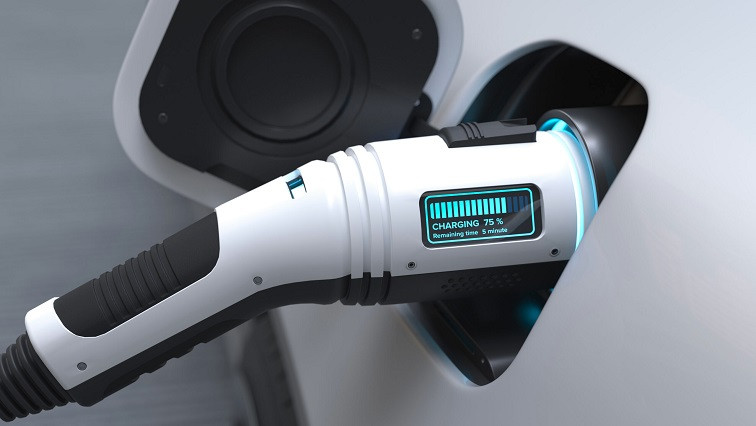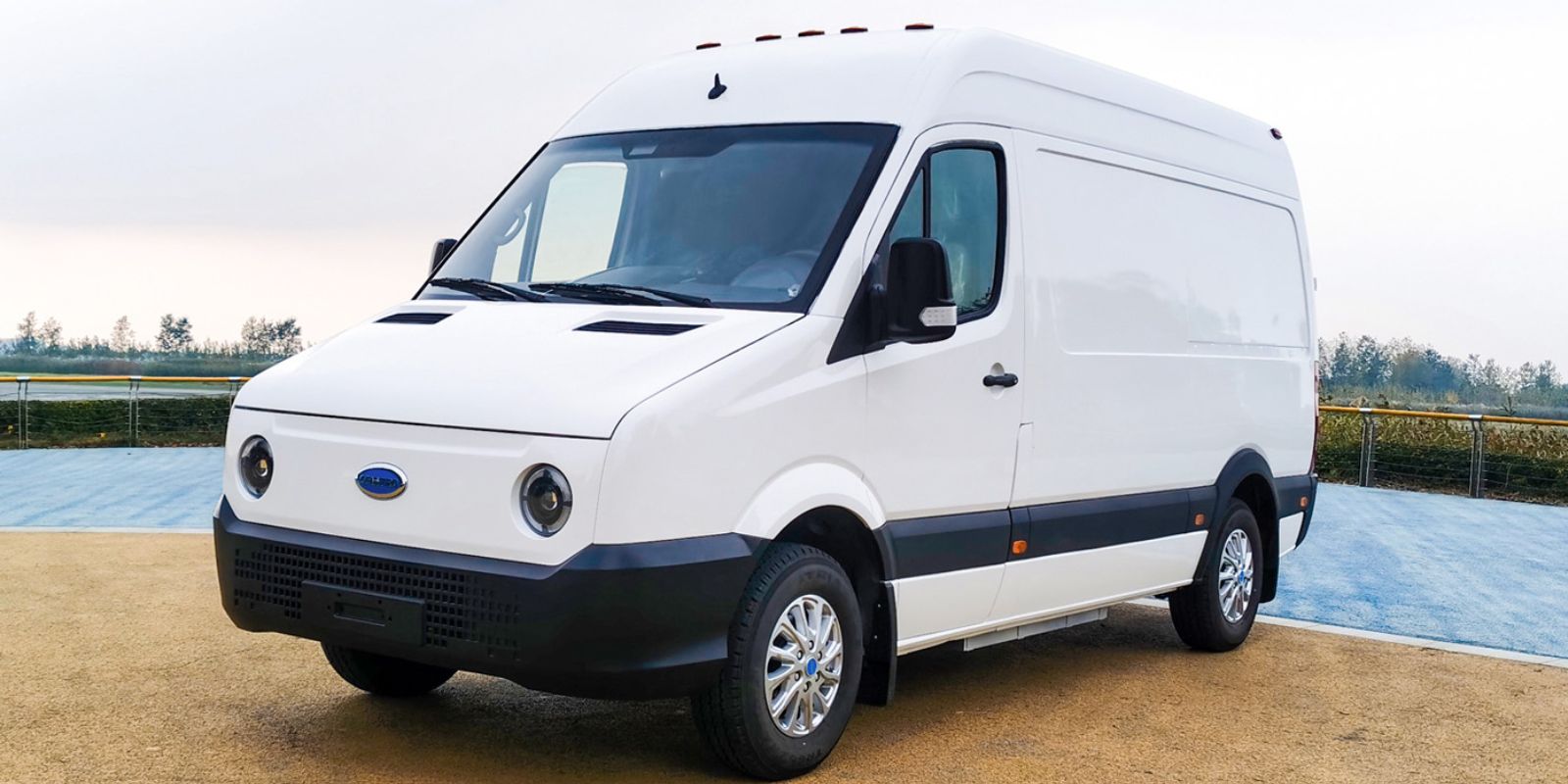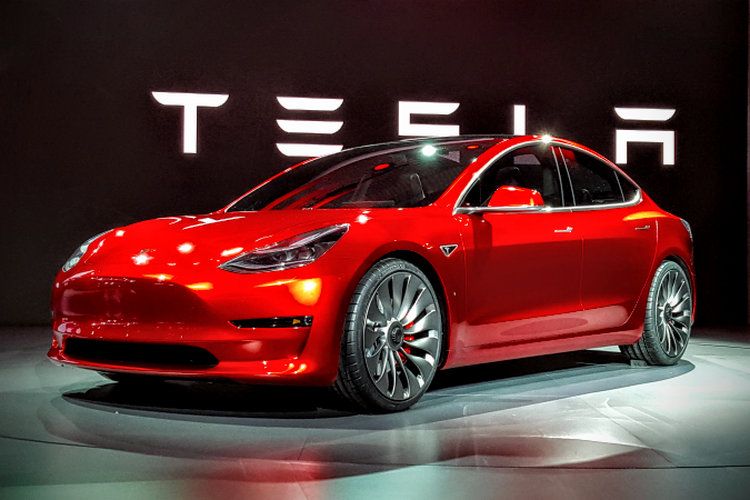Polestar and Rivian, two leading electric vehicle (EV) manufacturers, have teamed up to publish the “Pathway Report” on the impact of the automotive industry on the climate crisis. The report, conducted by Kearney, a global management consulting firm, reveals that the car industry is projected to exceed the 1.5-degree target set by the IPCC by at least 75% by 2050.
The findings indicate that passenger vehicles account for 15% of all greenhouse gas (GHG) emissions globally, and the automotive industry is far from meeting the goal of reducing GHG emissions by 43% by 2030.
The report warns that without immediate action, the car industry will have used up its entire CO2e budget by 2035. However, the report offers hope and suggests that by redirecting resources and focus, the industry can still get back on track and meet the Paris Agreement targets. The Pathway Report focuses on the next decade and outlines concrete actions that car manufacturers can take between now and 2030 to address the climate crisis.
See also: Polestar 3 will be equipped with Light Detection and Ranging (LiDAR) autonomous driving feature
The data reveals a plan consisting of three crucial elements. Element 1 addresses the urgency to replace fossil fuel cars with electric vehicles, but emphasizes that this alone is not enough. Much more effort is needed for elements 2 and 3:
- Enhancing the use of renewable energy in electricity grids
- Cutting down emissions of greenhouse gases in the production process
Focusing on just one or two elements will not suffice and only lessen the impact. A worldwide collaboration of car manufacturers is necessary to tackle all three elements simultaneously.
Without urgent action, the auto industry is on track to exceed #IPCC’s global warming limit by 75% in 2050. Working together to keep our planet livable is critical, so we've teamed up w/ @PolestarCars & @kearney on the #PathwayReport on ideas for action: https://t.co/8UjfB5II1Y
— Rivian (@Rivian) February 8, 2023
Firstly, the industry must expedite the shift to EVs by investing in production and setting a clear deadline for ending the sale of fossil fuel cars. Secondly, they should expand renewable energy sources for electricity grids to maximize the potential of EVs through green charging. Lastly, they should make the production process eco-friendly by using low carbon materials and investing in renewable energy for the production process.
See also: Rivian Expands into Micromobility with Electric Bike Development
Fredrika Klarén, Polestar Head of Sustainability, says: “Car companies may be on different paths when it comes to brand, design, and business strategies, and some won’t even admit that the road to the future is electric. I believe it is, and that the climate crisis is a shared responsibility, and we must look beyond tailpipe emissions. This report makes clear the importance of acting now and together. There’s a clear cost to inaction, but there’s also a financial opportunity for innovators who find new answers to the challenges we face.”
Anisa Costa, Rivian’s Chief Sustainability Officer, adds: “The report’s findings are sobering. Our hope is that this report lays the groundwork for the automotive industry to collaborate in driving progress at the pace and scale we need – and ideally inspiring other industries to do the same. Together, I’m confident we can win the race against time.”
The Pathway Report highlights the consequences of inaction and the compelling case for sustainable development. The investment sector is evolving, with capital moving from conventional investment to sustainable investment, reflecting the growing connection between sustainable change and financial gains. In 2021, sustainability investments globally amounted to USD 35.3 trillion, accounting for over a third of assets in five major markets.
Angela Hultberg, global sustainability director at Kearney, comments: “We are honored to have been selected as a trusted expert to create this report. Our modeling shows that the industry must quicken the pace of becoming low carbon. Regardless of the scenario or data point considered, the conclusion is clear: we are too close for comfort. We hope this report serves as a starting point for the industry to concentrate on areas of agreement and identify specific initiatives. Addressing the challenges ahead will require collective action, and we look forward to seeing the manufacturers’ next steps.”







